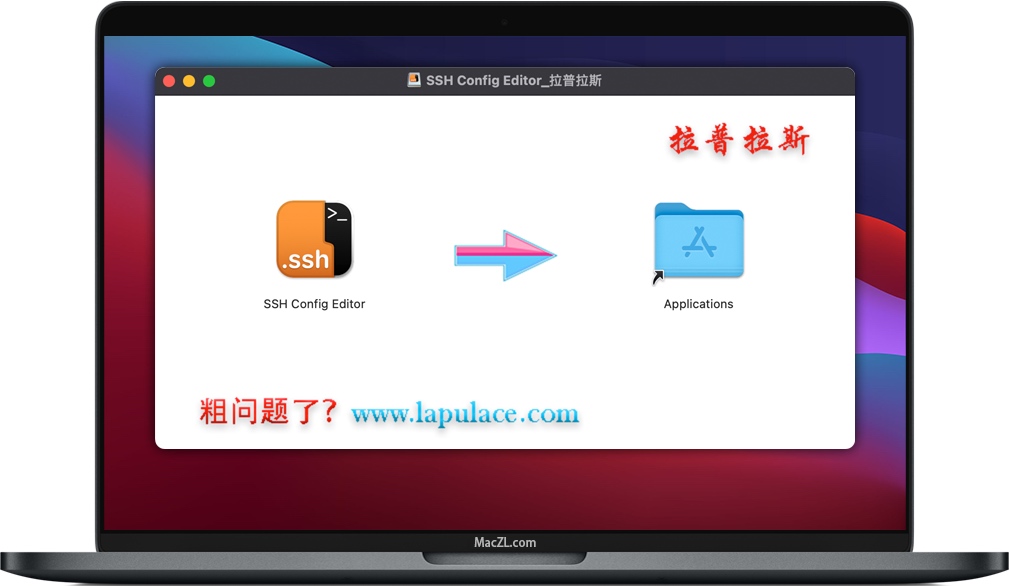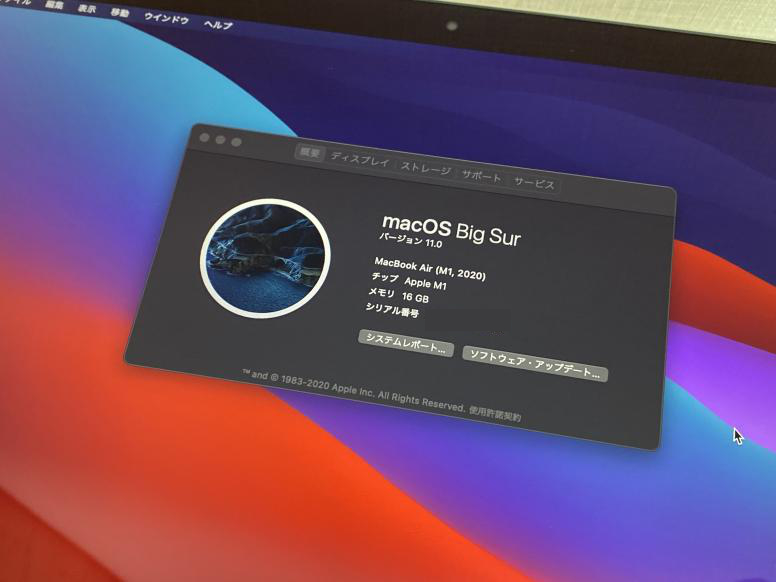
- Ssh for mac m1 how to#
- Ssh for mac m1 for mac#
- Ssh for mac m1 mac os x#
- Ssh for mac m1 install#
- Ssh for mac m1 generator#
Ssh for mac m1 install#
If you already have the brew command installed, the best way to install PuTTY is to use the following command: brew install putty Installation using MacPorts
Ssh for mac m1 for mac#
You can now use the key for logins from scripts and command line with: ssh -i privatekey.pem Ported PuTTY for Mac It should only be readable by the user that owns it.

Make sure permissions on the private key file are set properly. ppk format private key to a standard PEM format private key: puttygen privatekey.ppk -O private-openssh -o privatekey.pem Then, use the following command to convert the.
Ssh for mac m1 generator#
This will also install the command-line version of puttygen, the PuTTY key generator tool. ppk format private key and want to use it with the built-in OpenSSH on Mac on the command line or in scripts, you can use the following commands.įirst, install PuTTY for Mac using brew install putty or port install putty (see below).
Ssh for mac m1 how to#
How to use PuTTY SSH keys with the built-in OpenSSH This is recommended for users who are not accustomed to using a command line. This opens a graphical dialog asking for the host to connect to and the user name. The second option is to select New Remote Connection. Running SSH with a graphical user interface This is more familiar for Linux and Unix users who are used to using a command line. The first approach is to type ssh hostname or ssh into the terminal window.

Once you have the terminal window open, you have two alternatives. Running SSH from the terminal command line Terminal can be used to get a local terminal window, and also supports SSH connections to remote servers. To use it, goto Finder, and selext Go -> Utilities from the top menu.
Ssh for mac m1 mac os x#
Mac OS X includes a command-line SSH client as part of the operating system. What an assface.Contents Using the built-in SSH client in Mac OS X Running SSH from the terminal command line Running SSH with a graphical user interface How to use PuTTY SSH keys with the built-in OpenSSH Ported PuTTY for Mac Installation using HomeBrew Installation using MacPorts Alternatives to PuTTY on the Mac Using the built-in SSH client in Mac OS X "he calls the layout artist (which was probably Jacob Riskin or George Weising at the time), 'my trusty Quadra operator'. Then still lots of back and forth over things like Adobe's multi-master fonts vs TrueType GX which despite being part of the "failed" QuickDraw GX actually lives on in OpenType today:Į: "magazine page" is what always comes to mind because it makes me think of the Diehard GameFAN story: Then Apple created TrueType, and it is the biggest feature of System 7 that I never see anyone talk about: There was a whole Adobe-vs-everyone battle over things like outline (as opposed to bitmap) font technology since they controlled the standard for PostScript fonts as used by printers like LaserWriter: It used to be really hard to get printer output to look the same on the page as what you saw on the screen, and the small details matter when people are laying out a complicated magazine (or whatever) page and need text to flow around images and other design elements. Rather than naively using your extremely modern in comparison 'crappy laptop' cpu as a reference point, perhaps you should use something more typical from the time these OSes were considered relevant.ĭesktop publishing, especially after the release of the LaserWriter: This means if the CPUs we're looking at here were aged up, your laptop is starting first or second grade while the actual CPUs of the time are now finishing their masters' degrees with a kid or two on the way. This places the architecture at LEAST a dozen architecture generations behind what you're generating keys on. The CPUs inside the Performa Macs running System 7, OS8 and OS9, at best, can be compared to the 486s on the Intel side. įor reference, SystemOS 7 came out in 1991. Bonus if you try it on a Pre-2000 era Performa Mac as a user typically had with SystemOS 7, 8 and 9. Try using your old 2003-era system to generate keys again and tell us how fun it is. TLDR: Time marches on and along with cpu improvements come instructions and other benefits not immediately visible to the end user. which is still quite ahead of a PowerMac G5. A Celeron 2955U is roughly equivalent in performance to a Core 2 Duo E4700 or an AMD Athlon 64 x2 5200+. (Acer C720P Chromebook, for example came out in 2014 and has a Intel Celeron 2955U and ) It was still an architecture that is/was ELEVEN YEARS NEWER. So even if your laptop from 2014 onward didn't include AES instructions like some Intel Atom/Celeron/Pentium models.

Your laptop from 2014 was already running at LEAST a 64bit CPU and likely has AES instructions as they were introduced in 2010 The most powerful Power Macs with non Intel CPUs were discontinued in 2006. Power7+ came out in 2012 which was the first gen of Power CPUs to include AES acceleration.


 0 kommentar(er)
0 kommentar(er)
